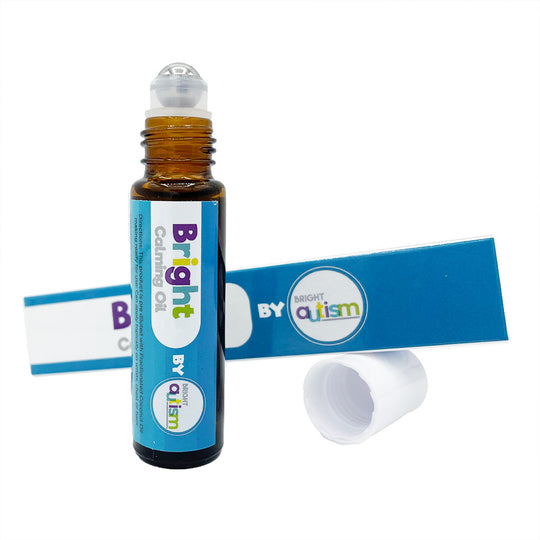
Welcome to the vibrant tapestry of parenting, where every day is an adventure, and no two are ever the same! Picture this: You're navigating the colorful aisles of life with your little one, when suddenly, the calm seas turn stormy, and you're in the middle of a full-blown tantrum. Fear not! Today, we're embarking on a journey to discover tried-and-true strategies for managing those tempestuous moments, transforming them into opportunities for growth and connection.
Understanding the Whirlwind: Why Do Tantrums Happen?
Before we dive into the eye of the storm, let's understand the 'why' behind the whirlwind. Tantrums are a natural part of children's development, a way for them to express overwhelming emotions they can't yet articulate. It's like a teapot whistling with steam; it's not about the water inside but the heat underneath.
For children with autism, these moments can be even more intense, as sensory overload, communication barriers, and a need for routine can make the world feel like an unpredictable maze. But with empathy, patience, and the right tools, we can navigate this maze together.
Now, let's explore some effective strategies to help your child through these turbulent times, turning tantrums into teachable moments and strengthening your bond along the way.
Creating Calm: The Power of Aromatherapy
Imagine the gentle scent of lavender wafting through the air, like a soft whisper telling the mind and body, 'It's time to relax.' That's the essence of aromatherapy, a holistic approach that can be especially soothing for children with sensory sensitivities. When used safely, essential oils can create a tranquil environment, ease discomfort, and promote better sleep.
Research and anecdotal evidence suggest that certain essential oils, like lavender, peppermint, and chamomile, can be effective in calming children over the age of five. Plant Therapy's KidSafe Calming the Child blend is crafted with these principles in mind, designed to provide a peaceful atmosphere during the day or before bedtime. But remember, safety first! Always dilute essential oils and consult with a healthcare provider before introducing them to your child's routine.

Communication is Key: Navigating Emotional Waters
When the waves of a tantrum rise, our first instinct might be to build a wall. But what if, instead, we built a bridge? Communication is that bridge. It's about listening to the unsaid, understanding the heart behind the tears, and responding with love.
For our little ones with autism, non-verbal cues are their lighthouse, guiding us to understand their needs. Pay close attention to these signals, and respond with simple, clear language. Visual aids can also be a beacon of understanding, helping to make abstract emotions tangible.
Remember, it's not just about weathering the storm; it's about teaching our children how to sail their own ship. Encourage them to express their feelings, use words, or point to emotion cards. This not only helps in the moment but equips them with the tools they need for future voyages.
We understand the unique challenges and joys that come with raising a child on the spectrum. Our resources, stories, and community are here to support you on this incredible journey.
As we wrap up our exploration, remember that each child is a unique universe, full of potential and wonder. Managing tantrums is not about taming a storm but about guiding a ship to find its course. With love, understanding, and the right strategies, you and your child can sail smoothly into a future bright with possibilities. Embark on this journey with patience and hope, and watch as each challenge becomes a stepping stone to greater understanding and deeper connection.









Leave a comment